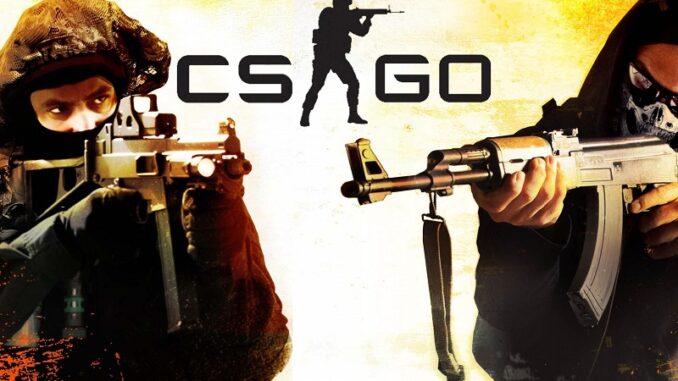
Counter-Strike: Global Offensive (CS:GO) has seen an explosion in popularity of weapon skins and cases over the years. What started as simple camouflage patterns has evolved into a huge cosmetics scene, with rare skins selling for thousands of dollars. This thriving case battle csgo scene is fueled by the excitement of unlocking valuable skins.
The history of the famous game
CS:GO’s origins trace back to 1999’s Counter-Strike mod for Half-Life. Early versions let players choose basic camo colors for terrorist and counter-terrorist teams. When CS:GO launched in 2012, Valve built upon this by introducing weapon skins. The Arms Deal update brought the first generation of skins in special cases requiring keys to open.
The initial cases featured relatively simple paint schemes and camo. But special rare skins like the AWP Dragon Lore hinted at the future potential. Interest in skins grew as players coveted rare patterns, especially colorful finishes from the Arms Deal 2 and Winter Offensive collections.
2014’s Arms Deal 3 update marked a turning point with the introduction of weapon stickers. Players could now personalize skins further. Arms Deal 3 also added the first eSports Cases with skins supporting pro teams. The groundwork was laid for skins as collectibles.

The Arms Deal collections were surpassed by 2016’s Chroma Cases featuring vibrant weapon finishes. Maps like Nuke were reimagined with more color. Workshops let the community contribute skins and earn a share of sales. This kicked the customization craze into high gear.
Today CS:GO has over 1000 skins ranging from cheap common camos to legendary $1000+ rarities. The highest valued skins exceed $100,000 due to desirability and limited quantities. New cosmetics are still added regularly in Operation events and case collections. Valve has embraced skins as a vital part of CS:GO’s identity and popularity.
While the early skin collections established interest, a few specific additions helped propel CS:GO’s cosmetics to new heights. The M4A4 Howl accelerated the growth of high-value skins. Designed by community artist Clegg, its unique wolf motif made it an instant classic. However, a legal dispute over the design led to the Howl being discontinued, further increasing its rarity and value.
The advent of Knife skins was another key innovation. Introduced in Arms Deal 3, elaborate original Knives like the M9 Bayonet and Karambit opened the door to ultra prestige skins. Owning these Knives became a status symbol due to their high visibility during play and inspection animations. Unique Knives now routinely sell for thousands, with rare patterns exceeding $10,000.
A little bit about Steam Community Market
The success of skins is partly owed to the Steam Community Market. This built-in marketplace lets players buy, sell, and trade skins securely for Steam wallet funds. Reliable transactions increased skin liquidity while Valve took a cut of sales. This provided a safe alternative to sketchy third-party sites. Popular skins could now be viewed as commodities.
Of course, the gambling side of CS:GO skins still persists through unauthorized third-party websites. But at least Valve has provided an official avenue to obtain skins through playing or direct purchase. Combined with case openings, the gaming and gambling communities overlap to drive constant skin demand.
Looking ahead, there are still plenty of potential avenues for CS:GO’s cosmetics scene to innovate. Imagine prestige skins with visual effects or custom animations to push rarity and value even higher. And the Steam Workshop provides unlimited possibilities for player-created skins. As CS:GO keeps evolving, skins will continue propelling it onwards as gaming’s top FPS.
The evolution continues as skins have made CS:GO one of the top games on Twitch via case openings and skin gambling. Special patterns like dragon designs or crimson webs drive collector obsession. CS:GO’s cosmetics show no signs of losing momentum, with skins being the lifeblood of the game’s thriving community and economy.